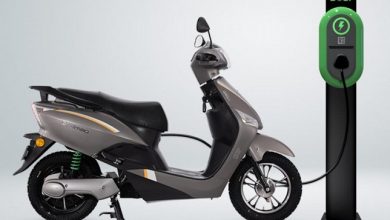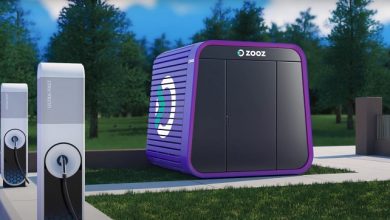Pennsylvania State University Demonstrated Charging of EV in Ten Minutes
A team of engineers at Pennsylvania State University recently demonstrated that an electrical vehicle can be charged in ten minutes for a 200 to 300 mile range. The Researchers also claim that it would be also possible to maintain 2,500 charging cycles, which is the equivalent of half a million miles of travel.
If this technology can be deployed at a large scale it can be a big step in eliminating Range Anxiety–the fear that a vehicle has insufficient range to reach its destination and would thus strand the vehicle’s occupants– which is one of the major barriers to large scale adoption of all-electric cars.
Lithium-ion batteries degrade when rapidly charged at ambient temperatures under 50 degrees Fahrenheit because, rather than the lithium ions smoothly being inserted into the carbon anodes, the lithium deposits in spikes on the anode surface. This lithium plating reduces cell capacity, but also can cause electrical spikes and unsafe battery conditions. Charging at higher temperatures would be more efficient, but long periods of high heat also degrade the batteries.
Batteries heated above the lithium plating threshold, whether by external or internal heating, will not exhibit lithium plating. The team realized that if the batteries could heat up to 140 degrees F for only 10 minutes and then rapidly cool to ambient temperatures, lithium spikes would not form and heat degradation of the battery would also not occur.
But high temperatures like 140 degrees F is also considered a danger to the materials and would shorten battery life drastically, the team thus used the cooling system designed into the car for rapid cooling of the battery.
The self-heating battery uses a thin nickel foil with one end attached to the negative terminal and the other extending outside the cell to create a third terminal. A temperature sensor attached to a switch causes electrons to flow through the nickel foil to complete the circuit. This rapidly heats up the nickel foil through resistance heating and warms the inside of the battery.
The work was supported by the U.S. Department of Energy.
Source: https://news.psu.edu/story/594641/2019/10/30/research/and-out-10-minute-electrical-vehicle-recharge



